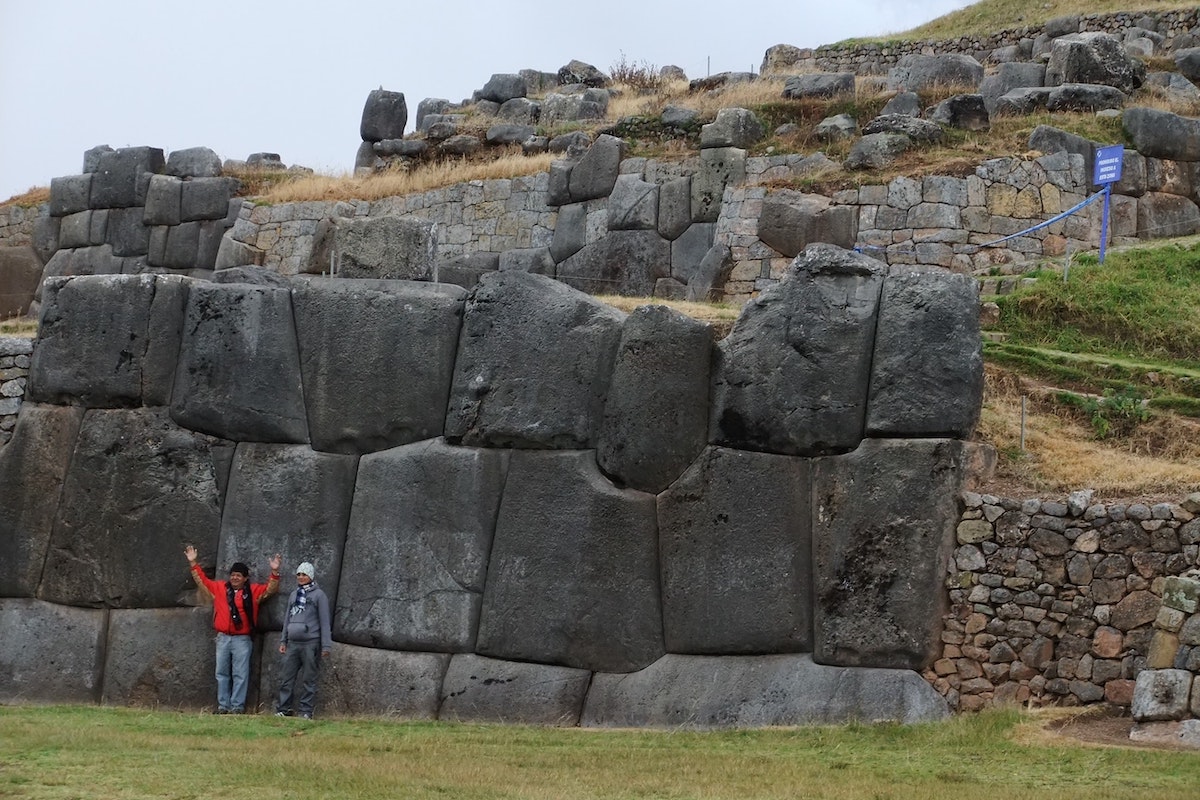
3 Must-See Archaeological Sites in Chachapoyas, Peru
By: Kayla Washko
Skip to Section
Nestled in the lush Amazonian Andes lies the city of Chachapoyas, Peru, named for the pre-Inca culture that resided there beginning in 800AD. Though the Chachapoyas lived under Inca occupation for about 65 years (1470—1535), they are noted in history books as being fierce separatists, ultimately allying with the Spanish in their conquest to topple the Inca Empire.
Read on to learn more about this fascinating culture with a visit to three of its most important archaeological sites and museums: Kuélap, Karajía, and the Leymebamba Museum!
The Ruins of Kuélap
The biggest tourism draw in the Chachapoyas region is the ruins of Kuélap, which was constructed between 1000CE and 1500CE. While Kuélap is most often given the name of “fortress,” it can be more accurately described as an administrative center for the production, storage, and distribution of food for the Chachapoyas people.
This huge site contains the outline of 450 cylindrical stone structures, though the three that will likely be highlighted on your tour are La Atalaya, El Castillo, and El Tintero, which takes the unlikely form of an inverted cone.
Because of the low volume of foot traffic, visits to Kuélap are more relaxed than those to Inca archaeological sites like Machu Picchu and Ollantaytambo. Take the extra time to notice the geometric shapes and anthropomorphic and zoomorphic figures carved into many of the stones on your walk through the ruins. Entrance tickets into the ruins cost S/15.
The Sarcophagi of Karajía

Chachapoyas Karajia. Photo Credit: Kayla Washko
The sarcophagi of Karajía sit perched atop a high ravine in the district of Luya, drawing curious travelers from all over the world. Unfortunately, little is known about how or why the sarcophagi were placed in their present location by the Chachapoyas. What is known for certain is that there were originally eight sarcophagi present at the site; two of them fell from the ravine during an earthquake, leaving the six that remain today.
The sarcophagi are significant because they provide insight into the burial techniques of the Chachapoyas: all six sarcophagi face east toward the sunrise, symbolically awaiting the next life, and the skeletons found inside the sarcophagi were dressed according to their profession and buried in fetal position. Entrance to Karajía is S/5. The climb back up is considerably steep, so if you’re not keen on walking, hire a horse instead.
The Leymebamba Museum
Located about two-and-a-half hours from Chachapoyas by car, the Leymebamba Museum houses the 230 mummies rescued by the Centro Mallqui from the nearby Laguna de los Cóndores in 1997. Prior to the rescue, the tombs where the mummies were found had been subject to extensive looting by the local community, and the unprotected mummies were left vulnerable to rapid deterioration amongst the natural world.
In addition to the mummies, the museum showcases textiles and pottery from the Chachapoyas, Inca, and early Spanish colonial period recovered from the Laguna de los Cóndores as well. Entrance fee is S/10.
Getting To Chachapoyas
Chachapoyas has managed to stay off the well-beaten gringo trail largely due to its remote location. From Lima, the fastest way to get to Chachapoyas is to take a domestic flight to Chiclayo, then continue your journey to Chachapoyas via bus (10 hours). Select companies also run direct buses from Lima to Chachapoyas; the trip duration is approximately 23 hours.
Depending on your preference, you can either book full-day tours with a travel agency or take a colectivo to reach the aforementioned sites. Be aware, however, that colectivos in this part of Peru run infrequently, especially in the afternoon and evening hours.
About the Author
Kayla Washko is a freelance writer based in Lima, Peru. Her travel writing about Peru has been featured on the Encounter Peru blog, BootsnAll, The San Diego Reader, and Travelhoppers. She wrote this article on behalf of Tambo Blanquillo, a family-owned lodge in the Peruvian Amazon.
Featured image via Unsplash.
Information published on this website and across our networks can change over time. Stories and recommendations reflect the subjective opinions of our writers. You should consult multiple sources to ensure you have the most current, safe, and correct details for your own research and plans.
Frayed Passport is a participant in the Amazon Associates Program, an affiliate advertising program designed to provide a means for sites to earn advertising fees by advertising and linking to Amazon.com. We also may share links to other affiliates and sponsors in articles across our website.




